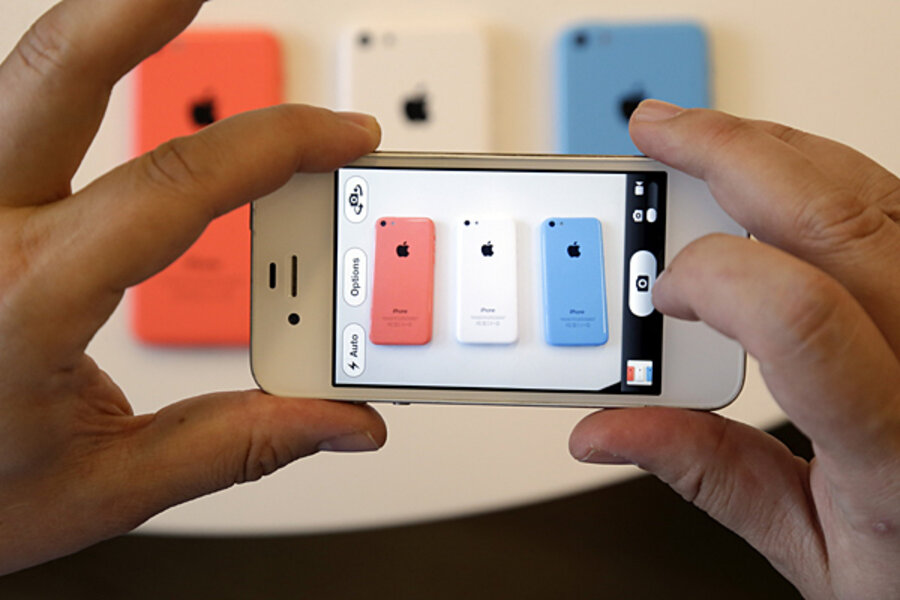Curved iPhone? Report points to larger, more sensitive screens.
Loading...
Though the two latest iPhones were released less than two months ago, rumors about the next iPhones have already begun popping up.
Bloomberg reports that the next iPhones being developed will feature larger, curved screens and enhanced touch sensors that can sense different levels of pressure. The move comes on the heels of competitors such as Samsung and LG debuting curved screens, hinting at likely trends in smart phone innovation.
An unnamed source that Bloomberg reports is “familiar with the plans” says the two new iPhones will feature 4.7 and 5.5-inch screens, which moves Apple closer to “phablet” territory than ever before. The displays are also reported to be slightly curved down at the edges, and feature screen sensors that can distinguish between a light or hard touch.
The source maintained that these are features still in the development stage, and Apple likely wouldn’t release the new models until the third quarter of next year. The report did not make mention of the purpose of these new features, and Apple declined to comment.
Recently, the Android world has been big on testing new ways to increase screen size and flexibility. The goal? Transcend the line between tablet and phone, and improve the comfort and durability of smart phones. Last month, Samsung debuted the Galaxy Round, which features a whopping 5.7-inch screen that is bent around the vertical axis. LG countered with the G Flex, which offers a 6-inch screen that bends along the horizontal axis, and features a self-healing plastic back that can repair daily scratches and nicks in about a minute.
Apple may be going in a different direction with the curved phone innovation, however, as the company filed a patent for an “electronic device with wrap around display” earlier this year. The larger screen size would also be a big jump from the iPhone 5S’s 4-inch display.
It shows that the iPhone-maker could be sticking to the double-phone release. This year was the first time Apple debuted two iPhones at once, offering the iPhone 5S and 5C, in hopes of capturing both the emerging and luxury smart phone market.
With Apple potentially joining other tech giants in experimenting with this innovation, does this mean we're looking at a larger, curvier smart phone future? Analysts say don’t buy jeans with bigger pockets just yet.
“The jury is still out on how much value a curved screen adds to a phone,” Patrick Moorhead, the founder of tech analyst firm Moor Insights and Strategies, told ABC News. “They might be easier to pick up, but I don’t think many people are complaining about that.”








